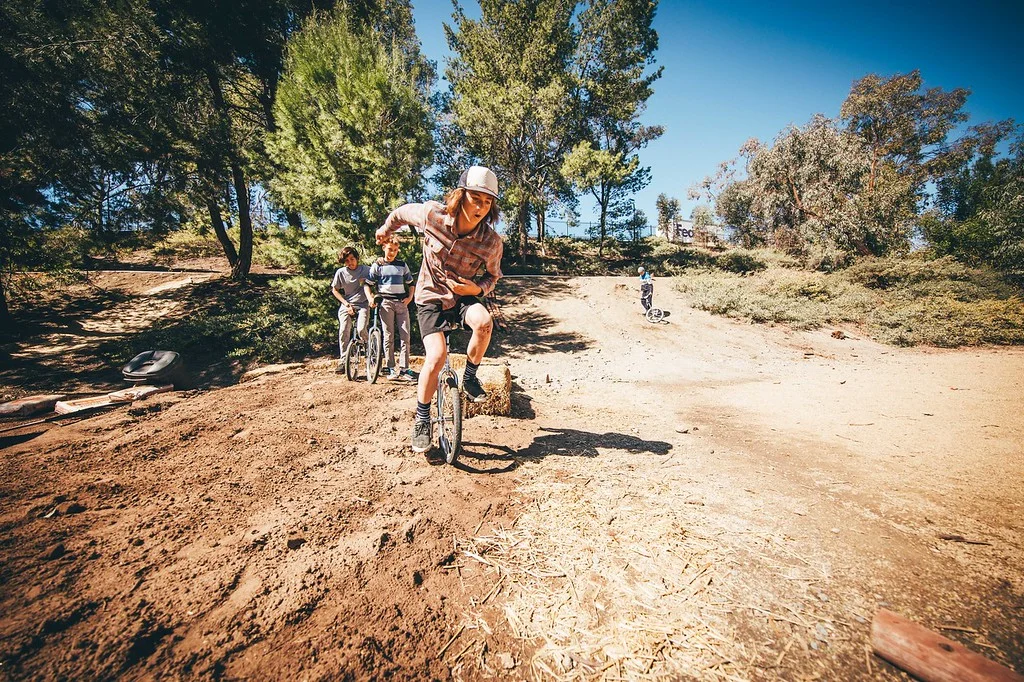Discover Our Specialty Subjects
Eurythmy
Eurythmy is a movement art that creates a visual expression of the sounds, words and rhythms in poetry, stories and music. All students in Waldorf schools, from kindergarten through twelfth grade, receive Eurythmy lessons on a regular basis. Eurythmy exercises are carefully crafted to support each stage of a child’s development with lessons that reflect and enrich the specific curriculum being taught to each grade. Children doing Eurythmy will experience the words and music they are performing on a more meaningful, feeling level.
We currently offer weekly Eurythmy in our Nursery/Kindergarten classes, as well as in all Grades classes
Gardening
In third grade, students take a weekly Gardening class in which they participate in creating raised beds, planting, weeding, and harvesting a vegetable garden. They work with the compost created from the school's lunch scraps to fertilize the grounds, and keep the front area of the school neat and tidy. This form of experiential learning deepens the child's connection to nature and gives hands-on lessons in sustainability and responsibility.
movement & Games
Movement and games allow the students to develop a healthy sense of self and space and to move with intention. The early grades offer social and rhythmic games, circle games, hand-clapping games, beanbag activities, and jump ropes. The emphasis of games in the early grades is on working together as a group, and the games become increasingly more individualized in the middle grade years. The fifth grade learns the events of the Greek pentathlon: javelin, discus, long jump, wrestling, and running. In May, they join other Southern California Waldorf schools in an Olympiad.
Lower grades students have recess outside twice a day regardless of weather. Sixth grade brings a focus on medieval games, with a similar spring contest of area Waldorf schools.
Music & Orchestra
Singing is part of every day at Sanderling Waldorf School. Simple melodies in early grades progress to learning rounds and songs with two or more parts in the older grades. The pentatonic flute is introduced in first grade, and the diatonic flute and soprano recorder, as well as a choice of a stringed instrument (violin, viola or cello), is added in third grade. (The teaching of music notation also begins in third grade.) In later grades, students begin to play descant, alto and tenor recorders, continue to perform in a strings orchestra, and sing increasingly complex two- and three-part choral works.
Handwork
Working with the hands is an essential component of the Waldorf curriculum. It develops fine motor skills; persistence and perseverance; and strengthens related brain functions. Handwork includes knitting, purling, crocheting, spinning, simple weaving, cross stitch, four needle knitting, hand sewing, felting, needle felting, woodworking, doll making, and machine sewing.
Woodwork
Woodworking instruction begins in fifth grade and continues through eighth grade. Students first complete a hickory carver’s mallet, a serving spoon, and a bowl (or chest) of various shapes and woods using traditional tools like handsaws, chisels, gouges, rasps, files and sandpaper. With these tools, the students learn to shape, smooth and polish wood. The underlying goal is to teach the students patience, perseverance and pride in their work.
Spanish & German
Children begin learning both German and Spanish in first grade through twice-weekly classes (for both languages) including songs, verses, stories, festivals and games. This presentation mirrors the way children learn their own native language.
In 3rd through 5th grade, the written language and reading are added; and in middle grades, grammar enters the curriculum. Children spend Grades 1–8 taking both languages two times per week. Throughout the eight years, the emphasis of the curriculum is on exposing the children to a different culture and on instilling a love of the language and culture.
In addition to Grades 1–8, children in the Nursery/Kindergarten classes are led by the Spanish teacher in their circle time once per week.








